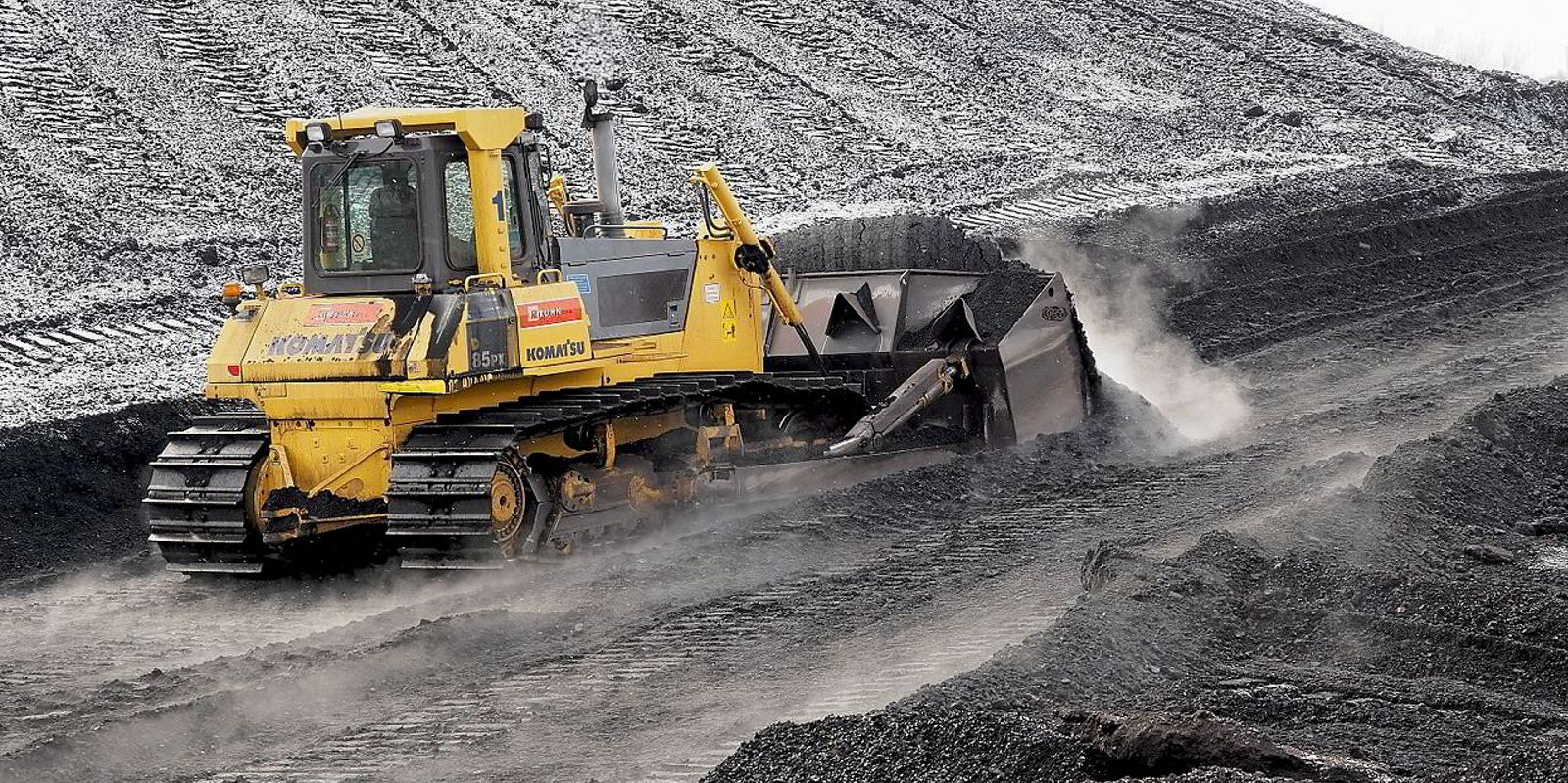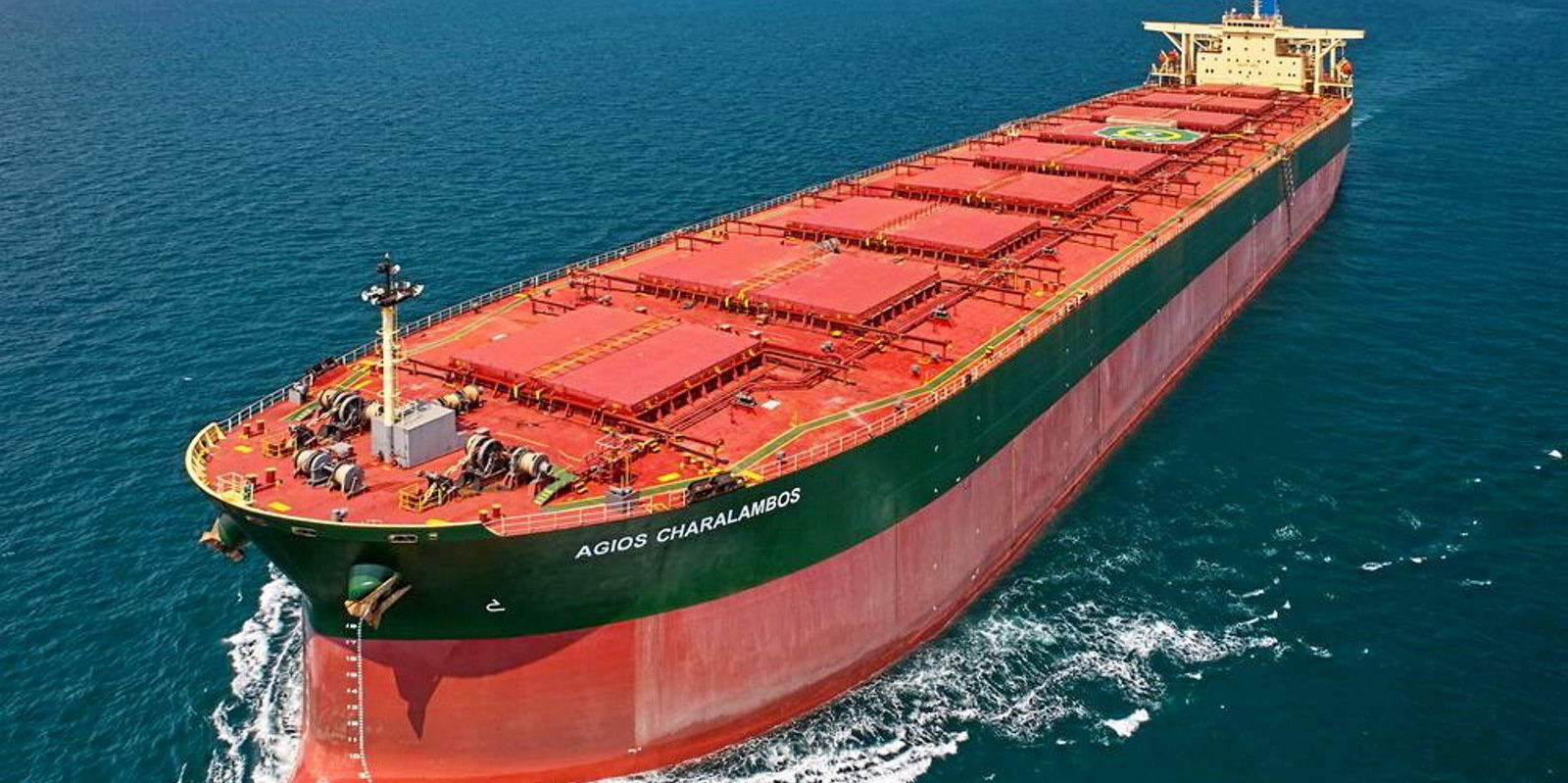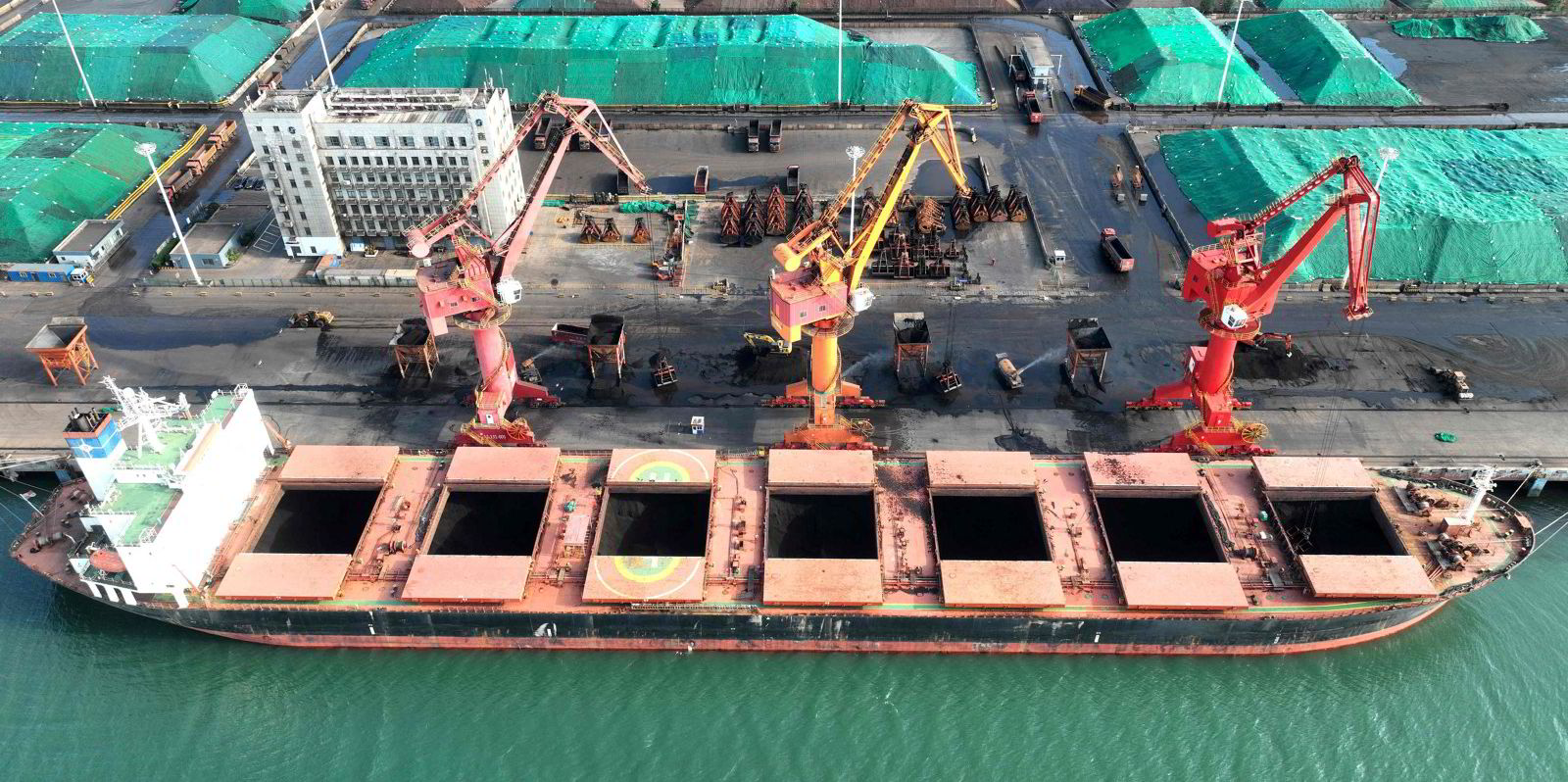Capesize bulker spot rates jumped on Tuesday to reach a new four-month high as China’s demand for iron ore and coal remained robust.
The Baltic Exchange’s Capesize 5TC basket of spot rate averages across five key routes jumped 11.4% on Tuesday to nearly $19,900 per day to mark its highest level since mid-June.
The benchmark iron ore routes to China did the most on Tuesday to propel the 5TC, according to the exchange.
The average spot rate for the round-trip C14 voyage between Brazil and China gained 16.7% to more than $17,900 per day on Tuesday, while that for the round-trip C10 voyage between Australia and China jumped 12.9% to top $21,200 per day.
Four unnamed capesizes were hired on Tuesday to carry iron ore from Western Australia to China at freight rates from $9.90 to $10.25 per tonne of iron ore.
Fortescue Metals Group paid the $10.25 per tonne for an unnamed capesize to carry 160,000 tonnes of ore from Port Hedland to Qingdao after loading the ship on 9 and 10 October, according to the exchange.
BHP paid a lower $9.50 per tonne on Monday to carry the same amount of ore on the same run after loading the ship from 6 to 8 October.
Market experts attributed the significant one-day leap to China producing more steel from a year ago while importing greater volumes of Australian coal. They also cited West Africa’s bauxite exports as a factor.
“Coal demand has been a key driver for dry bulk rates, and production disruptions due to well-publicised mine accidents in China should continue to support strong import volumes,” Breakwave Advisors wrote in a report on Tuesday.
Breakwave Advisors is a US-based asset management firm runs an exchange-traded fund focused on dry bulk.
“Iron ore activity remains strong, while bauxite trading has once again resumed, following the seasonal decline due to summer rains in West Africa,” the New York-headquartered firm said.
Jefferies analyst Omar Nokta pointed to higher global production of steel, a key driver for China’s iron ore imports.
“Yesterday, the World Steel Association announced that August crude steel production totalled 152.6m tonnes globally, up 2.2% year-over-year,” he wrote in a note on Tuesday.
He also noted that China forged 86.4m tonnes of steel in August to surpass the year-ago volume by 3.2%, though that amount is down from the 90m to 95m tonnes produced monthly from January to July.
Capesize spot rates may go even higher if China’s planned economic stimulus funding helps to boost the country’s gross domestic product growth (GDP) two percentage points to 5% for 2024, Breakwave Advisors said.
But China’s ailing real estate sector may still pose significant headwinds to the capesize market by curtailing iron ore demand, the company said.

“Investor confidence is the main hurtle when it comes to real estate, the sector that is the biggest drag to economic growth in China, and there are no easy solutions to tackle this,” Breakwave Advisors said.
“The unwillingness of investors and ordinary citizens to engage in real estate transactions given the significant declines in prices over the past two years, continues to negatively affect a key sector of the economy that touches more than a quarter of China’s economic activity.”
The futures market gave mixed signals on the capesize market on Tuesday as October contracts edged up 0.6% to $20,100 per day, but November contracts slipped 1% to $18,300 per day, according to the exchange.





